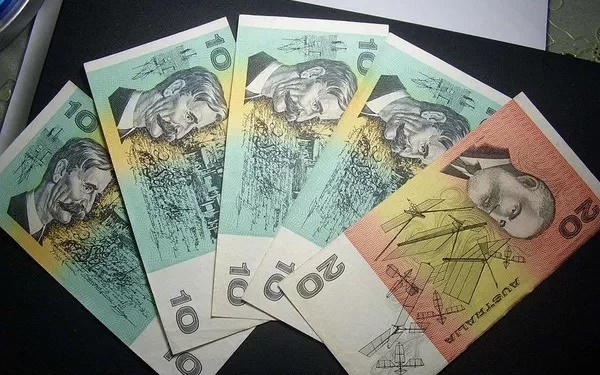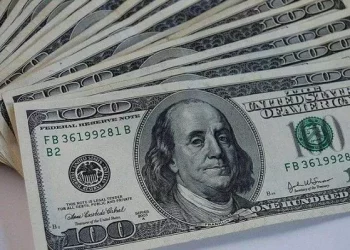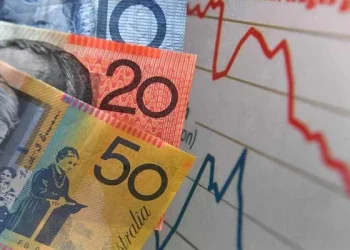During Thursday’s European trading hours, the AUD/JPY pair continued its upward trajectory for the third consecutive session, reaching approximately 97.90. The pair received upward momentum from the Reserve Bank of Australia (RBA) signaling the possibility of further rate hikes.
RBA Governor Michelle Bullock recently underscored that inflation in Australia is predominantly “homegrown” and “demand-driven,” propelled by a robust labor market and rising wage inflation. However, the RBA does not anticipate inflation returning to its target until 2026.
Nevertheless, the decline in the S&P/ASX 200 Index, driven by losses in financial-linked shares despite gains in iron ore miners, may have applied downward pressure on the Australian Dollar, thereby restraining the AUD/JPY cross’s advance.
Conversely, the Japanese Yen (JPY) faced obstacles amid diminished expectations for an early interest rate hike by the Bank of Japan (BoJ). Additionally, the prevailing risk-on sentiment diminished demand for the safe-haven JPY, providing a favorable backdrop for the AUD/JPY pair.
However, Japanese media reports suggested increasing support among BoJ policymakers for a policy shift at the upcoming meeting, as significant pay hikes by major companies bring the 2% price stability target within reach. The higher-than-expected producer inflation data from Japan further bolstered the belief that the BoJ could initiate rate hikes soon.
Wednesday’s revelation from Japan’s spring wage negotiations indicated that firms have acquiesced to the demands of the country’s largest trade union confederation, Rengo, agreeing to pay increases of 5.85% this year, surpassing 5.0% for the first time in 30 years. Furthermore, Japan’s largest industrial union, UA Zensen, reported on Thursday that the average pay rise offered by 231 service-sector firms has reached the highest level on record since 2013.

























